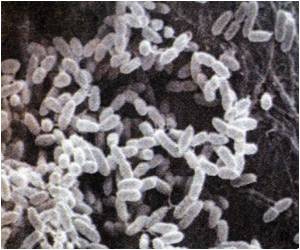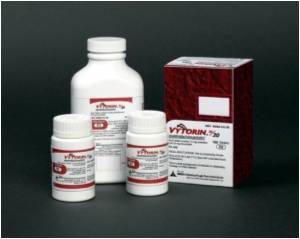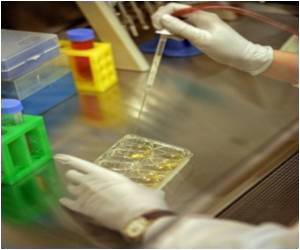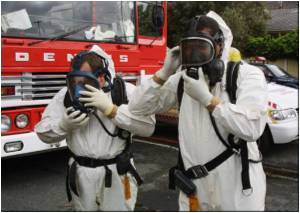
"This is important because resistance to antibiotics is on the rise," he said.
The scientists studied many bacterial species, including some important pathogens. They found that bacterial cells have stick-like proteins on their surfaces, with toxic dart tips.
These darts are delivered to competing neighbor cells when the bacteria touch. This process of touching and injecting a toxic dart is called "contact dependent growth inhibition," or CDI.
Some targets have a biological shield. Bacteria protected by an immunity protein can resist the enemy's disabling toxic darts. This immunity protein is called "contact dependent growth inhibition immunity." The protein inactivates the toxic dart.
The UCSB team discovered a wide variety of potential toxic-tip proteins carried by bacteria cells-nearly 50 distinct types have been identified so far, according to Christopher Hayes, co-author an associate professor at MCDB.
Advertisement
Their research is published in the journal Nature.
Advertisement












